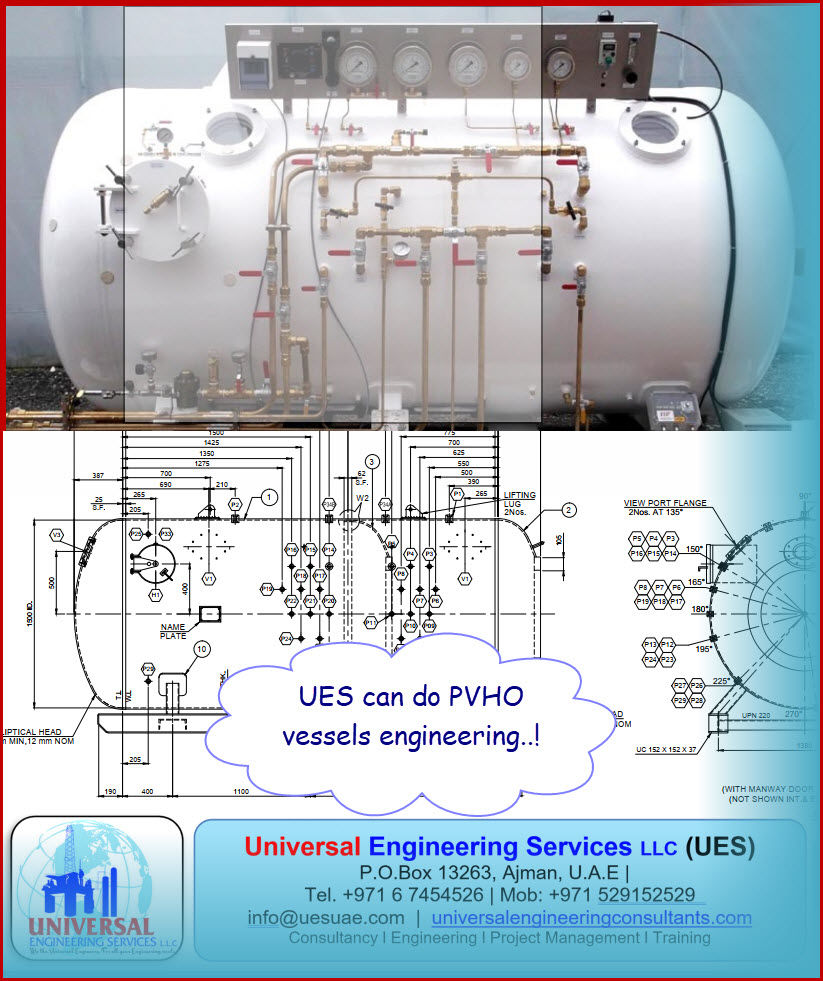Overview of Refinery Processes
- uesuae
- May 25, 2021
- 2 min read
Updated: Aug 22, 2021
Primary crude oil cuts in a refinery include gases, light or heavy naphtha, kerosene , light gas oil, heavy gas oil and residue. From these intermediate refinery product streams several final product streams such as fuel gas, liquefied petroleum gas (LPG), gasoline, jet fuel, kerosene, auto diesel, lubricants, bunker oil, asphalt and coke are obtained. The entire refinery technology involves careful manipulation of various feed properties using both chemical and physical changes.
Conceptually a process refinery can be viewed upon as a combination of both physical and chemical processes or unit operations and unit processes respectively. Typically the dominant physical process in a refinery is the distillation process that enables the removal of lighter components from the heavier components. Other chemical processes such as alkylation and isomerisation are equally important in the refinery engineering as these processes enable the reactive transformation of various functional groups to desired fictional groups in the product stream.
Feed and product characterization
The characterization of petroleum process streams is approached from both chemical and physical properties perspective. The chemistry perspective indicates to characterize the crude oil in terms of the functional groups such as olefins, paraffins, naphthenes, aromatics and resins. The dominance of one or more of the functional groupsin various petroleum processing streams is indicative of the desired product quality and characterization. For instance, the lighter fractions of the refinery consist of only olefins and paraffins . On the other hand products such as petrol should have high octane number which is characteristic feature of olefinic and aromatic functional group present in the product stream.
The physical characterization of crude oil in terms of viscosity, density, boiling point curves is equally important. These properties are also indicative of the quality of the feed as well as the feed. Therefore in petroleum processing, obtaining any intermediate or product stream with a defined characterization of several properties indicates whether it is diesel or petrol or any other product. This is the most important characteristic feature of petroleum processing sector in contrary to chemical process sector.
The product characterization is illustrated with an example Aviation gasoline is characterized using ASTM distillation. The specified temperature for vol% distilled at 1 atm are 158°F maximum for 10% volume, 221°F maximum for 50 % volume and 275°F for 90% volume. This is indicative of the fact that any product obtained in the refinery process and meets these ASTM distillation characteristics is anticipated to represent Aviation gasoline product. However, other important properties such as viscosity, density, aniline product, sulphur density are as well measured to fit within a specified range and to conclude that the produced stream is indeed aviation gasoline.
Important characterization properties
Numerous important feed and product characterization properties in refinery engineering include
- API gravity
- Watson Characterization factor
- Viscosity
- Sulphur content
- True boiling point (TBP) curve
- Pour point
- Flash and fire point
- ASTM distillation curve
- Octane number
The content of this article is taken from web open source. The blogs are intended only to give technical knowledge to young engineers. Any engineering calculators, technical equations and write ups are only for reference and educational purpose









Comments